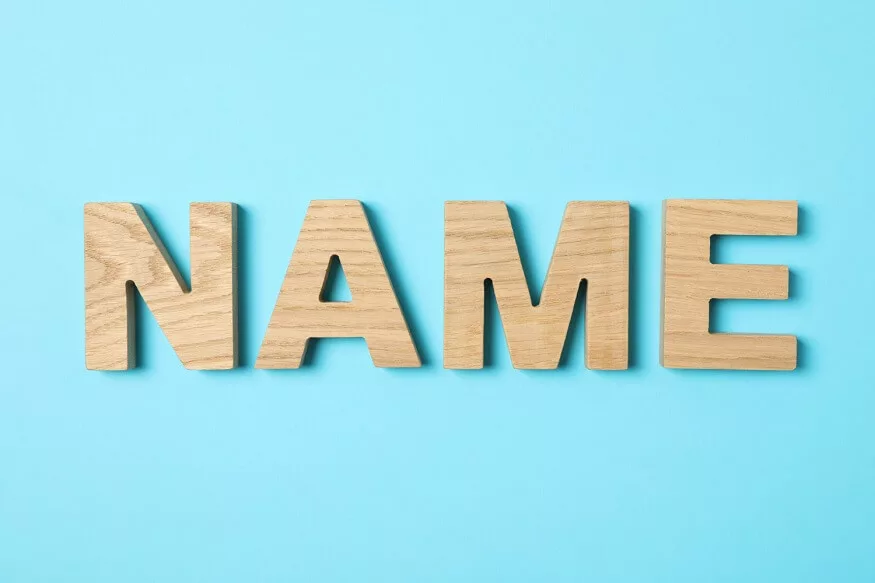In the bustling world of a child’s imagination, learning often takes place best when it is combined with fun and play. Body awareness, a crucial aspect of a child’s development, involves understanding one’s body and its movements in space. Fun body awareness activities not only contribute to physical well-being but also aid in cognitive and emotional growth. In this article, we will explore what body awareness is, its significance, and delve into a variety of enjoyable and educational activities designed to enhance this aspect of a child’s development.
What is Body Awareness?
Body awareness in children refers to their understanding and perception of their own bodies, including awareness of body parts, movements, and sensory experiences. It involves a child’s ability to recognise and interpret signals from their body, such as knowing where their limbs are in space, understanding physical sensations, and being aware of body functions.
Developing body awareness is crucial for various aspects of a child’s development. It plays a significant role in motor skills, coordination, and balance. Children with good body awareness are typically more adept at activities that require precise movements, such as sports and fine motor tasks like writing.
Additionally, body awareness is linked to emotional and social development. Children who are attuned to their own bodies may be more capable of recognising and managing their emotions. This self-awareness can also contribute to a better understanding of personal boundaries and spatial awareness when interacting with others.
Also Read: What is the Healthy posture for children’s screen time?
Importance of Body Awareness in Children
Body awareness is paramount in children’s development, fostering self-confidence, coordination, and emotional well-being. Through engaging activities, we empower them to understand, appreciate, and navigate their bodies, laying the groundwork for a healthy and holistic growth journey. Here are the importance of body awareness in children
- Motor Skills Development: Body awareness lays the groundwork for the development of motor skills. Understanding how to control and coordinate body movements is crucial for activities such as running, jumping, and playing sports.
- Spatial Awareness: A well-developed sense of body awareness enhances spatial orientation. Children with good body awareness are more likely to navigate their surroundings with confidence, avoiding obstacles and understanding personal space.
- Emotional Regulation: Knowing and understanding one’s body can contribute to emotional regulation. Children who are more aware of their bodies may find it easier to express their emotions and manage stress or anxiety.
- Social Interaction: Body awareness plays a role in social interactions. Children who are aware of their bodies are more likely to engage in cooperative play, respecting the personal space and boundaries of their peers.
- Academic Readiness: Developing body awareness can indirectly contribute to academic readiness. The ability to sit still, focus attention, and use fine motor skills, all of which are related to body awareness, are essential for success in a classroom setting.
Also Read: How to Improve Your Child’s Body Language & Why It Matters
Fun Learning Activities for Body Awareness
Engaging children in activities that promote body awareness need not be a chore; instead, it can be an adventure filled with laughter, movement, and discovery. Through carefully crafted fun learning activities, we can encourage children to explore their bodies in an interactive and enjoyable manner. From classic games with a body-awareness twist to creative and tactile experiences, these activities are designed to enhance not only their knowledge of anatomy but also their coordination, balance, and sensory perception.
- Simon Says (Body Edition): Play a classic game of Simon Says, but add a twist by incorporating body awareness instructions. For example, “Simon says touch your elbow,” or “Simon says wiggle your toes.” This helps children become more aware of different parts of their bodies.
- Body Tracing: Have children lie down on large pieces of paper and trace the outline of their bodies. Once done, they can label different body parts. This activity not only reinforces body awareness but also incorporates some artistic fun.
- Body Part Charades: Play charades using only body parts. Children can take turns acting out a body part, and the others guess which part it is. This activity encourages movement and reinforces vocabulary related to body parts.
- Body Puzzle: Create a life-sized body puzzle by cutting out pictures of body parts from magazines or drawing them. Have children assemble the puzzle, naming each body part as they connect them. This is a tactile and visual way to reinforce body awareness.
- Yoga for Kids: Introduce simple yoga poses that focus on different body parts. Use animal-themed poses or create a story where each pose represents a part of the journey. This not only promotes body awareness but also helps with balance and flexibility.
- Feel the Texture: Prepare a touch and feel box with items that have different textures. Blindfold the children and have them reach into the box, describing what they feel. This activity enhances sensory awareness and helps children connect with their bodies.
- Body Part Bingo: Create a bingo game with pictures or drawings of various body parts. Call out the body parts, and children can cover the corresponding images on their bingo cards. This game reinforces vocabulary while engaging in a fun activity.
- Musical Body Parts: Play music and have the children move around the room. When the music stops, call out a body part, and they must freeze while touching that part. This game combines movement and body awareness in an entertaining way.
- Mirror, Mirror: Use a large mirror and stand with the children in front of it. Call out different body parts, and have them point to or touch the specified area on their own bodies. This activity promotes visual self-awareness.
- Obstacle Course: Set up an obstacle course with different challenges that involve various body movements. Crawling under tables, jumping over cushions, and balancing on one leg are examples. This not only encourages body awareness but also enhances coordination.
Remember to adapt these activities based on the age and developmental level of the children involved.
EuroSchool makes these activities enjoyable, turning the process of learning about the body into an exciting adventure. Through these activities, children not only gain a better understanding of their bodies but also lay the foundation for a lifetime of healthy habits and self-awareness.











